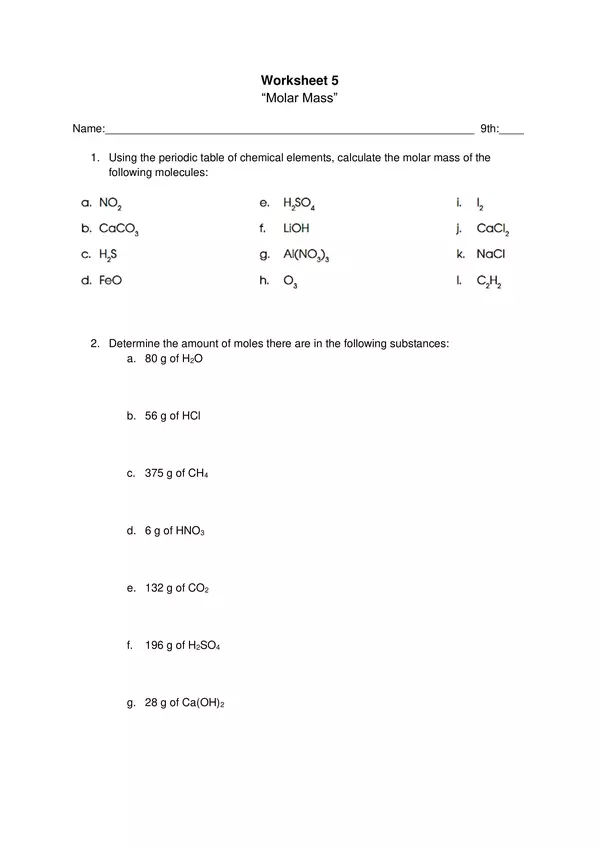
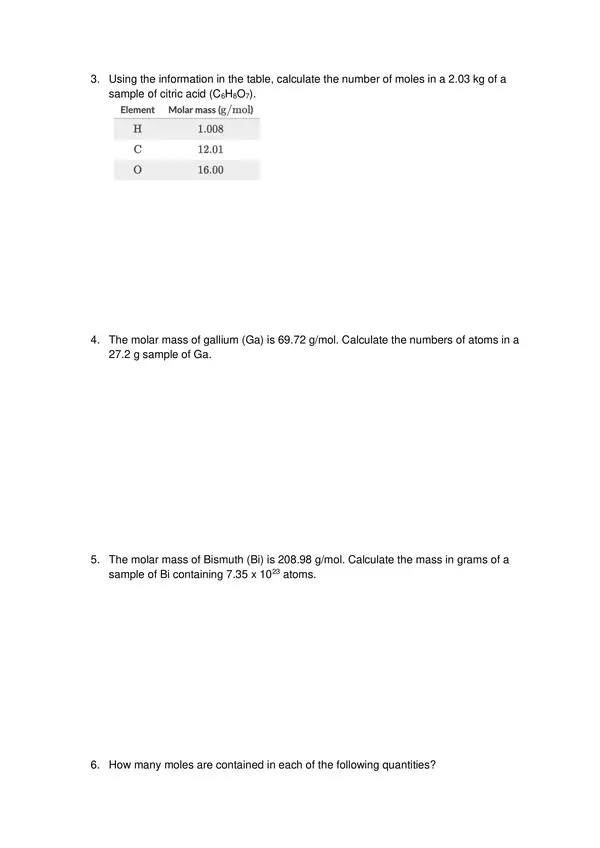
ProfeCoins  5
5
| Resource type | Worksheet |
| Recommended age | 13 - 18 years |
| File information | docx, 4 pages, 69.8 KB |
The worksheet you provided is a worksheet on the topic of molar mass. It covers a variety of topics, including:
- Calculating the molar mass of molecules and compounds
- Converting between grams and moles
- Calculating the number of atoms in a given mass of a substance
- Calculating the mass of a substance containing a given number of atoms
- Calculating the number of moles in a given mass of a substance
The worksheet also includes a number of application problems, such as calculating the number of moles, for example.
Overall, the worksheet is a comprehensive assessment of students' understanding of molar mass and its application to real-world problems. Here is a brief description of each of the questions on the worksheet:
Questions 1-8: These questions ask students to calculate the molar mass of molecules and compounds, convert between grams and moles, and calculate the number of atoms in a given mass of a substance.
Questions 9-11: These questions ask students to calculate the mass of a substance containing a given number of atoms, the number of moles in a given mass of a substance, and the mass of a substance needed to form a given number of moles of the substance.
Question 12: This question asks students to calculate the mass of 1 uranium atom.
Questions 13-15: These questions ask students to calculate the moles of sodium hydroxide in a kilogram of caustic soda, the number of hydroxide molecules in a kilogram of sodium hydroxide, and the moles of aspirin formed from 54 g of aspirin.
Questions 16-18: These questions ask students to calculate the mass needed to form 5.8 moles of heptane, the moles of sulfuric acid produced from 0.24 kg of H2SO4, and the moles of H2O formed from 12500 mg of H2O.
Question 19: This question asks students to calculate the number of grams of sodium chloride needed to have 4 moles of this substance.
Question 20: This question asks students to calculate the molar mass of a substance given the mass used and the number of moles.
I hope this is helpful!
Overall, the worksheet is a comprehensive assessment of students' understanding of molar mass and its application to real-world problems. Here is a brief description of each of the questions on the worksheet:
Questions 1-8: These questions ask students to calculate the molar mass of molecules and compounds, convert between grams and moles, and calculate the number of atoms in a given mass of a substance.
Questions 9-11: These questions ask students to calculate the mass of a substance containing a given number of atoms, the number of moles in a given mass of a substance, and the mass of a substance needed to form a given number of moles of the substance.
Question 12: This question asks students to calculate the mass of 1 uranium atom.
Questions 13-15: These questions ask students to calculate the moles of sodium hydroxide in a kilogram of caustic soda, the number of hydroxide molecules in a kilogram of sodium hydroxide, and the moles of aspirin formed from 54 g of aspirin.
Questions 16-18: These questions ask students to calculate the mass needed to form 5.8 moles of heptane, the moles of sulfuric acid produced from 0.24 kg of H2SO4, and the moles of H2O formed from 12500 mg of H2O.
Question 19: This question asks students to calculate the number of grams of sodium chloride needed to have 4 moles of this substance.
Question 20: This question asks students to calculate the molar mass of a substance given the mass used and the number of moles.
I hope this is helpful!



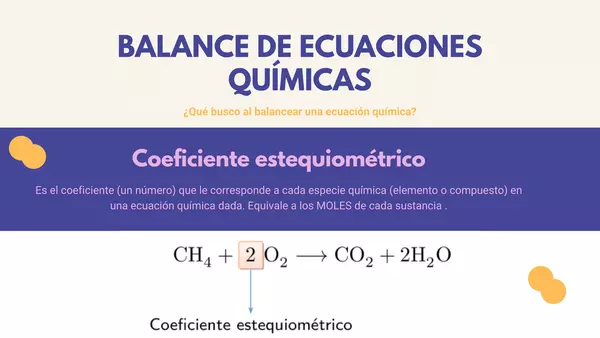
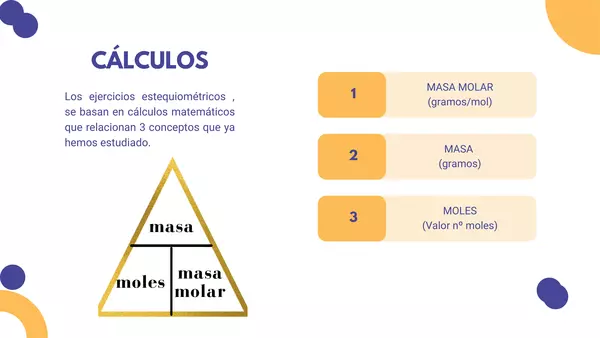

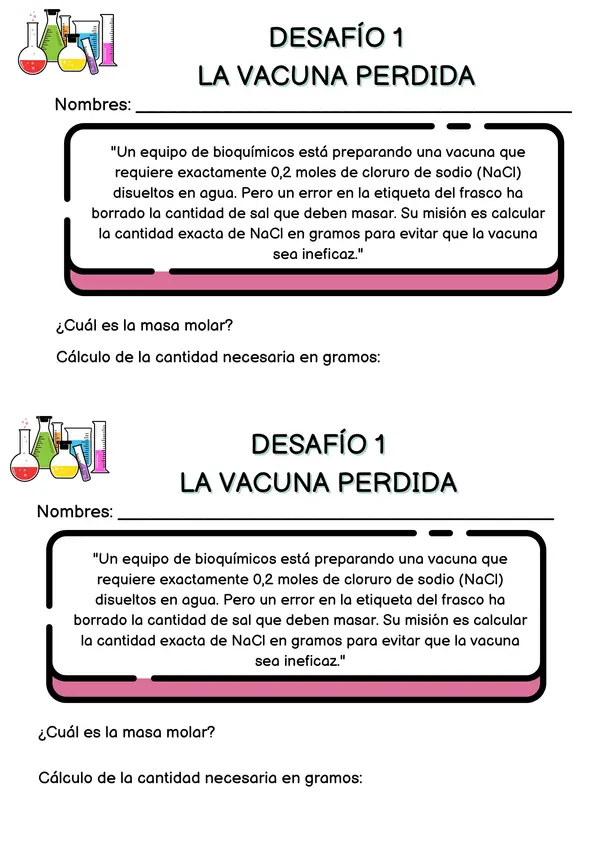
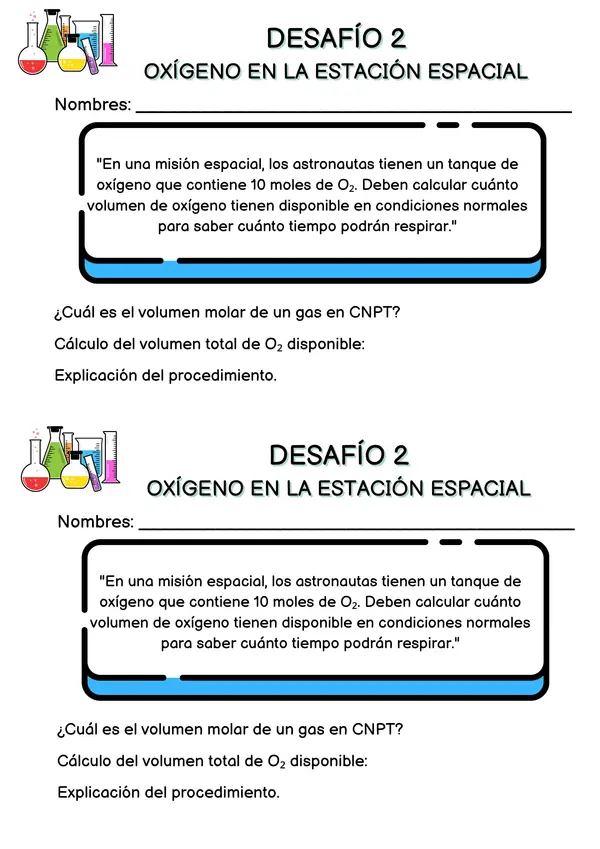
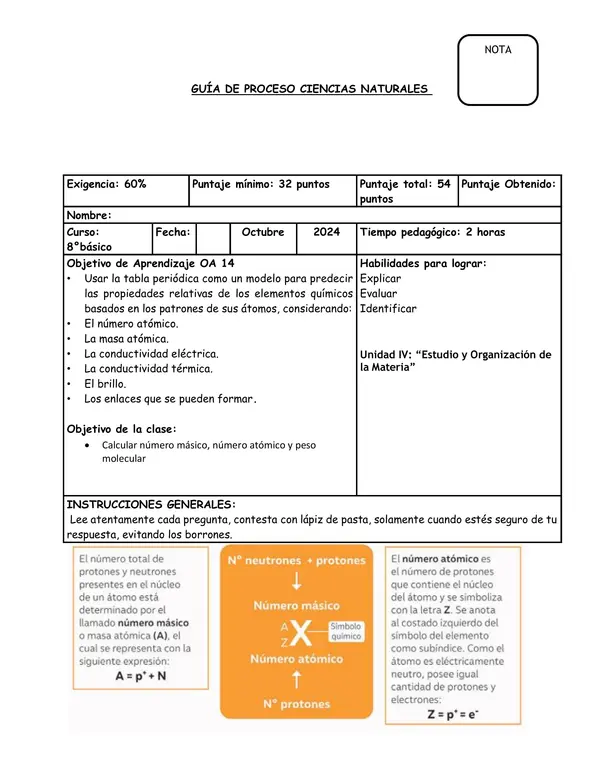
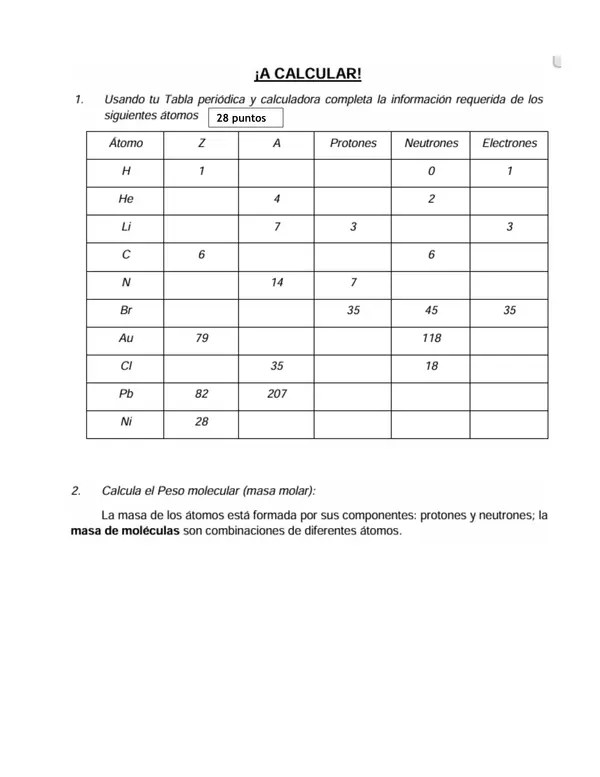
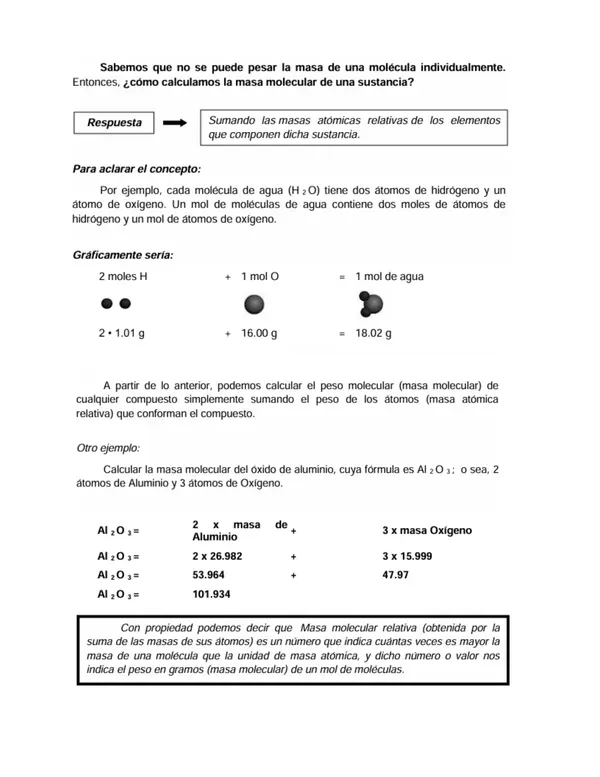
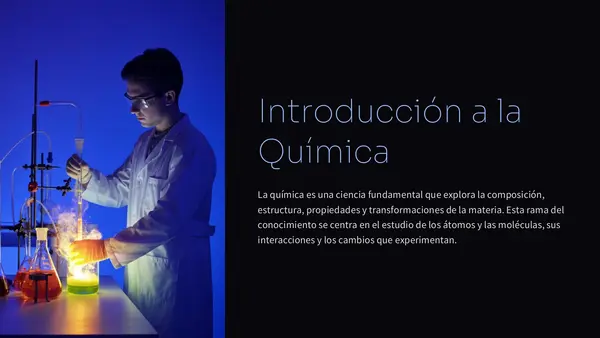
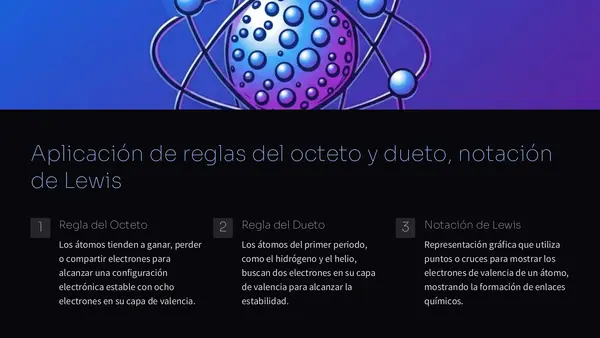
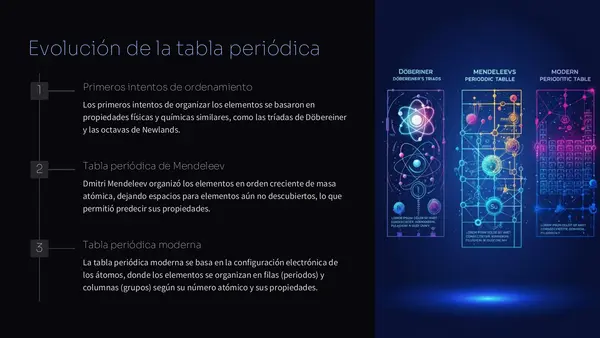
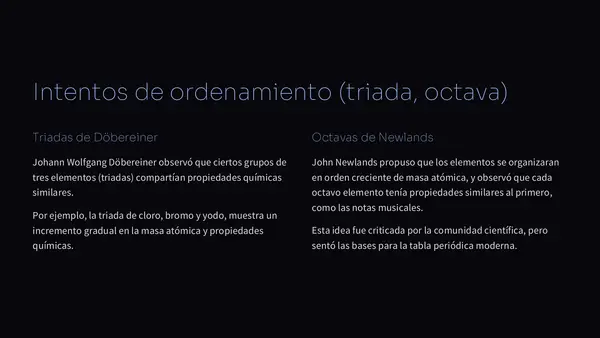
There are no comments yet, write one yourself!